Bipolar Disorder: Types I and II
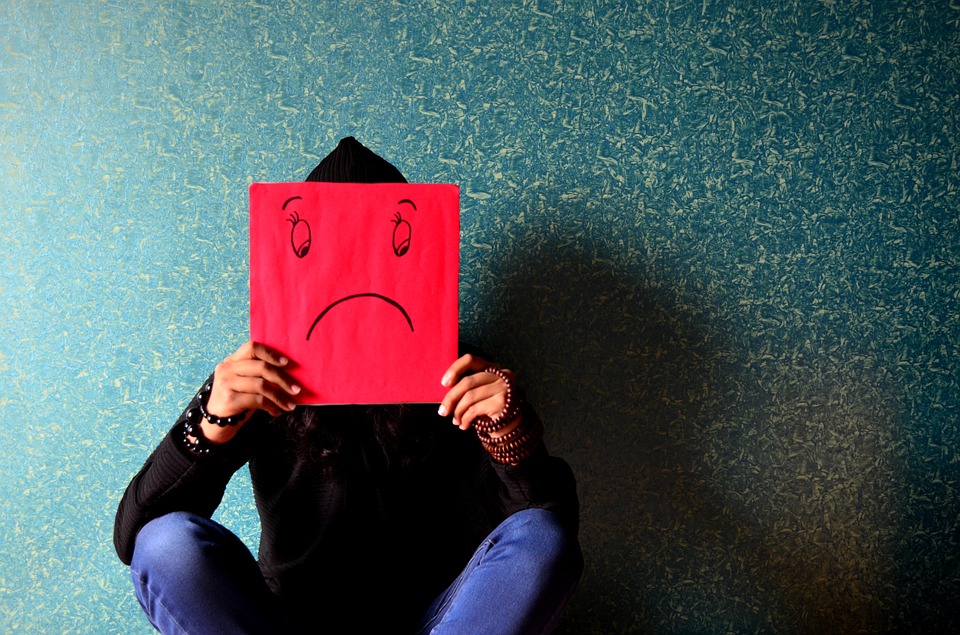
Bipolar Disorder, once referred to as “manic depression”, is a mood disorder whose hallmarks are cycling moods that range from depression to elevated or irritable.
Mental illness was once considered a moral failing. Mentally ill people regularly received unsupportive feedback from society such as “Get a grip”, “You’re lazy”, “Snap out of it”. Today we know that mood disorders are biologically-based conditions with genetic precursors. One cannot simply talk themselves out of a depressed mood.
There are two types of Bipolar Disorder that we will break down later in this article. For now, let’s go over the common constellation of symptoms and behaviors that someone who suffers from Bipolar Disorder experiences.
Symptoms of Bipolar Disorder
“Bipolar” refers to two polarities of mood. Sufferers experience mood swings, which can be quite extreme. Mania is on one extreme of the mood spectrum. The other is depression.
Mania typically presents itself as a euphoric or irritable mood, while depression is associated with feeling down, blue, or sad. (In men, depression may come across as anger or irritability).
Mania
If you come across a person with a good number of the following symptoms/behaviors, you may be dealing a person in the manic stage. Some of these common symptoms and behaviors include:
- Hyperverbal speech (talking excessively and rapidly)
- Racing thoughts (accelerated thoughts that the person is unable to slow down)
- Reckless, impulsive behavior (frequently acted out by increased sexual activity based on poor judgment, spending money without consideration of ability to afford things, etc.)
- Decreased need for sleep
- Increased energy (may be extremely productive and/or creative)
- Psychosis
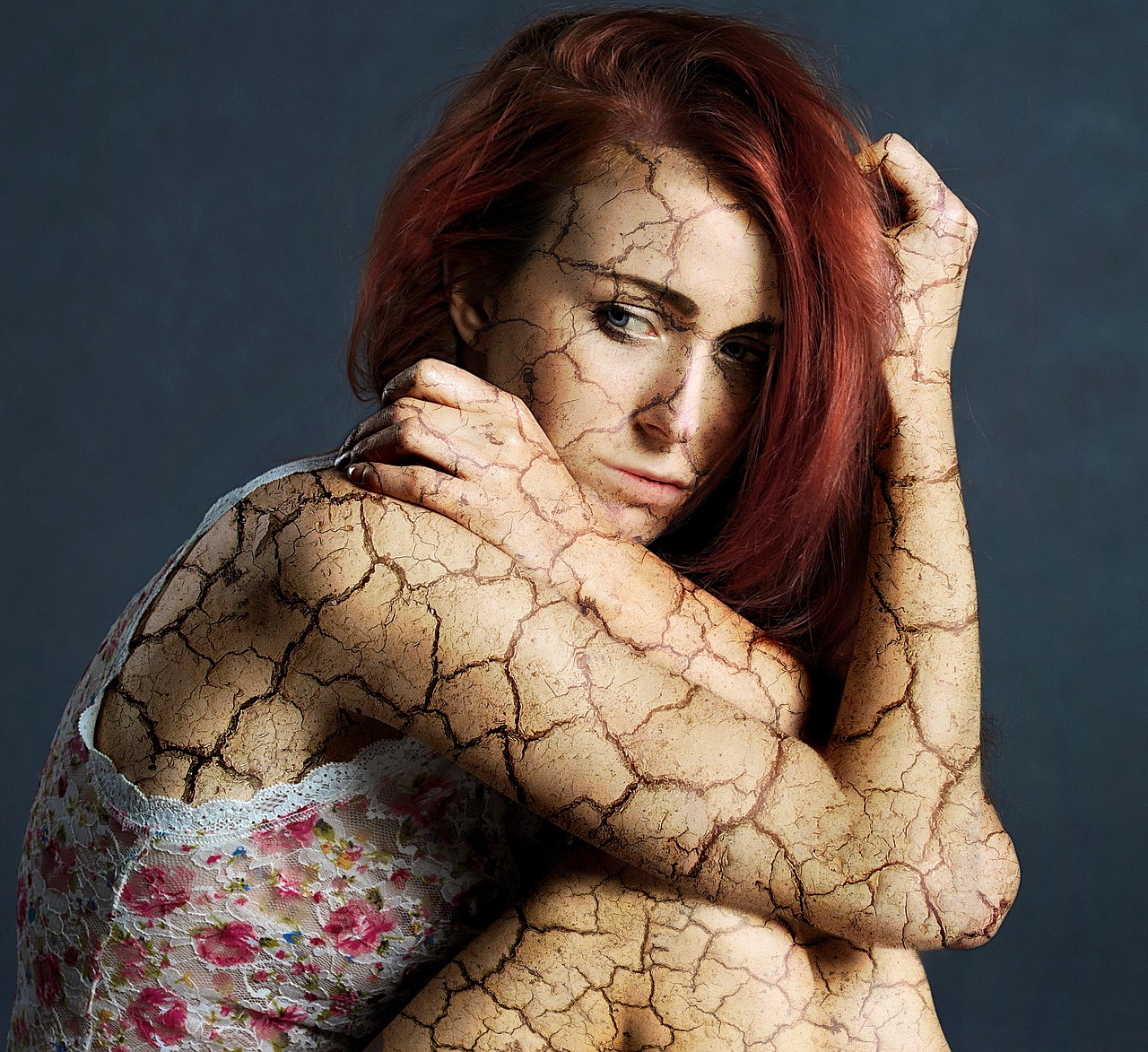
Most people with bipolar disorder enjoy the manic stage, as long as their mood is euphoric. For this reason it is common for patients to stop treatment. The feelings that accompany the mania are so intoxicating, it is hard to give up the experience. Mania makes you feel unstoppable, accomplished, and euphoric.
Unfortunately, a person with mania usually lacks insight. Oftentimes this leads them into big trouble because they make poor, impulsive decisions. A hypersexual person may contract an STD or end up with an unwanted pregnancy. Compulsive spenders may catapult themselves toward financial ruin.
As they say, what comes up must come down. This is a good analogy for Bipolar Disorder because, after a manic episode passes, an untreated person will usually crash into a deep depression. While mania can bring negative consequences, it is the dreaded depressive phase where persons with Bipolar Disorder suffers the most.
Depression
Depression isn’t the same as being sad, grieving a loss, or reacting to a negative experience. It’s a constellation of symptoms that can appear out of nowhere. Andrew Solomon, an award-winning author who suffers from Major Depressive Disorder, describes “depression” as a lack of vitality. He gives a raw, honest account of this in his best-selling book The Noonday Demon: An Atlas of Depression.

People in the depressive episode of Bipolar Disorder may experience an array of the following:
- Sad or hopeless mood
- Excessive guilt (out of proportion to the perceived wrong-doing)
- Insomnia or hypersomnia (sleeping too much)
- Decrease or increase in appetite
- Apathy (lack of interest in people/things that once gave pleasure)
- Suicidal or homicidal thoughts (If you or someone you know is having these thoughts, it is imperative to seek help immediately by calling 911, or calling your mental health care provider)
- Psychosis
Some people who suffer from Bipolar Disorder become so depressed or manic that they go into a psychosis, where they lose touch with reality. Some common presentations of psychosis include paranoid or grandiose delusions and visual and auditory hallucinations.
Psychosis: Here’s How It Looks
Grandiose delusions
Grandiose delusions lead the person to believe they are superior to others, oftentimes claiming to be a famous person or an important historical figure, like Jesus Christ, for example.
Paranoid delusions
Paranoid delusions lead an individual to believe people are out to get or harm them. It is important to consider whether this is really occurring. These complaints from the person are not based in reality.
An example to the contrary is a woman whose ex-husband is stalking her. She complains about getting phone calls at all hours of the night and other forms of harassment.
In a case like this, she would not be delusional because the feeling of being followed is based in reality.
Auditory hallucinations
Auditory hallucinations are experienced by hearing things that others don’t. They are often voices, but can be other sounds. It is not uncommon for people with auditory type hallucinations to hear voices instructing them to harm themselves or others.
This experience poses a serious safety risk and should be addressed immediately. Your best option for handling a loved one who is experiencing this severe level of psychosis is to get help by calling 911.
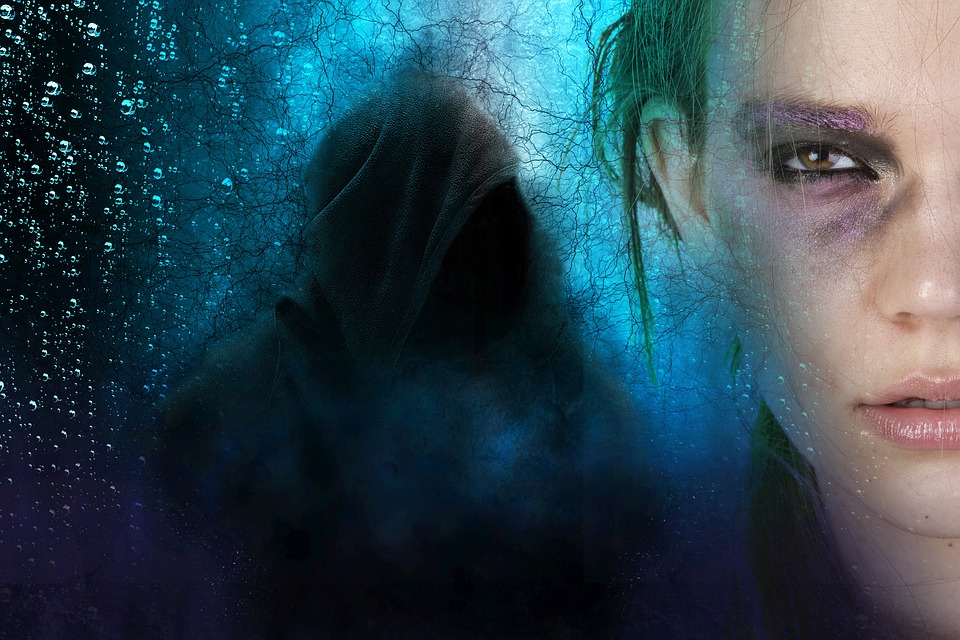
Visual hallucinations
Visual hallucinations are seeing things that aren’t there. They may include shadows, someone who has deceased, or scary figures.
There are other types of hallucinations that are less common. Tactile hallucinations are the feeling of something climbing on or under your skin, like bugs, for example. Smelling an odor or aroma that no one else can is described as an olfactory hallucination.
Elyn R. Saks, a psychiatrist who also happens to suffer from mental illness, shares her own history with psychosis. Her insightful book, The Center Cannot Hold: My Journey Through Madness, details her personal experience with symptoms of psychosis.
Types of Bipolar Disorder
Bipolar disorder is categorized by Type I or Type II.
Bipolar Type I manifests as symptoms the average person associates with “manic depression”. Mood swings are severe with extreme highs and lows, sometimes leaving the person so low they consider suicide. (Please contact 911 if you or someone you know is suicidal.) Psychosis is not uncommon in Bipolar I.
People with Bipolar I are more likely to end up seeing the inside of a psych hospital than those with Biploar II because their symptoms are more severe and can lead to dangerous behavior.
Bipolar II also comes with mood swings; however, the manic phase is generally less severe and less dangerous. The manic symptoms tend to present as hypomania (a less extreme version of full-blown mania).
Treatment
Treatment for Bipolar Disorder has come a long way in the last few decades. In terms of medications, there are many options on the market. Psychotherapy can also be effective as a concurrent treatment. A therapist can help someone with this condition gain insight into their moods and learn coping skills to deal with the symptoms.
Nowadays, with support from loved ones and effective treatments, people with Bipolar Disorder have a chance at experiencing fulfilling lives. The first line of defense for Bipolar Disorder is management with psychotropic medication under the supervision of a psychiatrist.
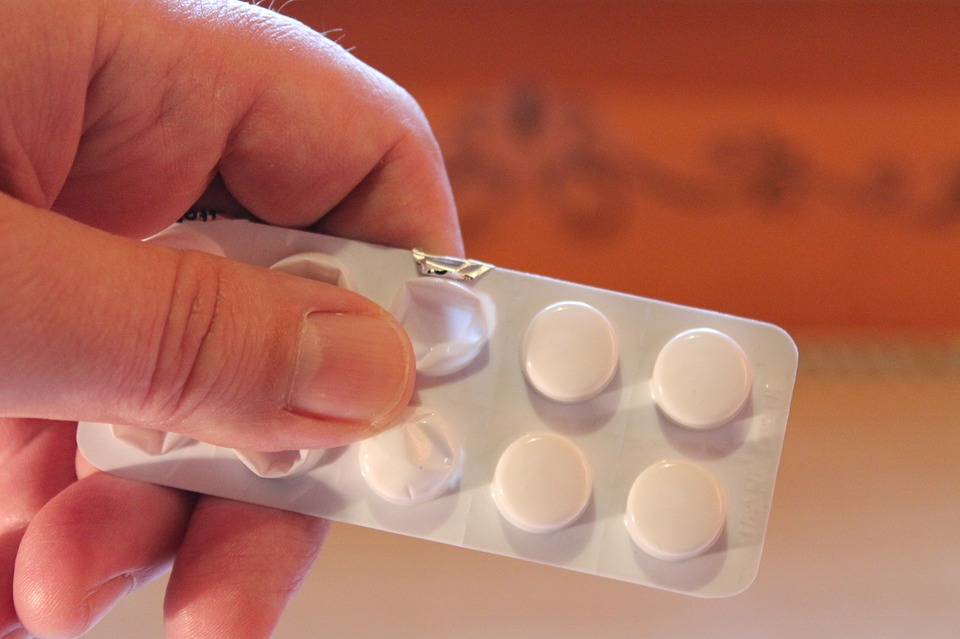
Counseling with a therapist can be beneficial in helping a person with Bipolar begin to recognize and track their mood changes. This helps the psychiatrist to know whether or not the medication is effective or if changes need to be made.
The most common medications used for Bipolar Disorder are mood stabilizers. An anti-depressant may be added to the medication regimen, but research has shown that SSRIs can trigger manic symptoms, so they are usually avoided.
Lithium is the gold standard for treating bipolar disorder. It’s very effective and inexpensive. The downside is that it has a small range for toxicity. In other words, the psychiatrist must determine the therapeutic dosage without over-medicating the patient.
Over-medication can lead to lithium toxicity, which is a serious condition. It can also cause kidney damage. While these side effects are scary, a prescriber will follow you closely (by monitoring blood levels) to avoid lithium toxicity.
Whenever considering a medication, you have to consider its risk vs. benefit. Even though all medications have potential side effects, mental health professional feel that the risk of side effects is worth controlling symptoms of Bipolar Disorder, which can really wreak havoc in a person’s life.
Another possible choice for mood stabilizers is Lamictal, which is an anticonvulsant (controls seizures). This medication was originally found to be effective in treating seizure disorders such as epilepsy, but research revealed it is also is an effective treatment for controlling mood swings – staving off severe manic and depressive episodes. Other anticonvulsant medications that may be used include Depakote, Trileptal, and Tegretol.
Like lithium, Depakote is a common choice to control mood swings, and is highly effective. The downside of Depakote, though, is the need to monitor blood levels, which means you, have to periodically have blood drawn to ensure the level is not dangerous.
The final class of medication used to control symptoms of Bipolar Disorder are anti-psychotics. Originally used to treat conditions such a schizophrenia, anti-psychotics have been found to work well for treating the mood swings which are inherent in bipolar.
Bipolar is a seriously debilitating condition, especially when not treated. While current treatments are not ideal and come with certain risks, the danger of not treating the conditions is riskier than using the above-mentioned treatments.

In addition to professional treatment, supportive materials are available to help individuals with Bipolar Disorder track their moods and monitor their symptoms. In particular, workbooks are a handy way to learn more about the condition, while engaging in activities that will raise one’s awareness.
For those who struggle with Type I, The Bipolar Workbook: Tools for Controlling Your Mood Swings, is chock full of great information and activities. For those who suffer from Type II, the highly-recommended Bipolar II Disorder Workbook: Managing Recurring Depression, Hypomania, and Anxiety is an excellent option.
If you or someone you know displays symptoms of Bipolar Disorder, being understanding, educating them and helping them find a provider is the best support you can give. With good treatment and supportive loved ones, people who suffer from this disorder can lead fulfilling lives.
If you or someone you know is experiencing thoughts of harming themselves or others, please contact your local mental health center or 911. Below are some online resources.
Online Resources and Referral Sources
Substance Abuse and Mental Health Service Administration (SAMHSA)
Phone 24/7: 1-800-662-HELP (4357)
Phone 24/7: 1-800-273-TALK (8255)
National Alliance of Mental Health (NAMI)
TheMentalHealthBlog.com is a participant in the Amazon Services LLC Associates Program, an affiliate advertising program. TheMentalHealthBlog.com earns fees from products sold through qualifying purchases by linking to Amazon.com. Amazon offers a commission on products sold through their affiliate links.

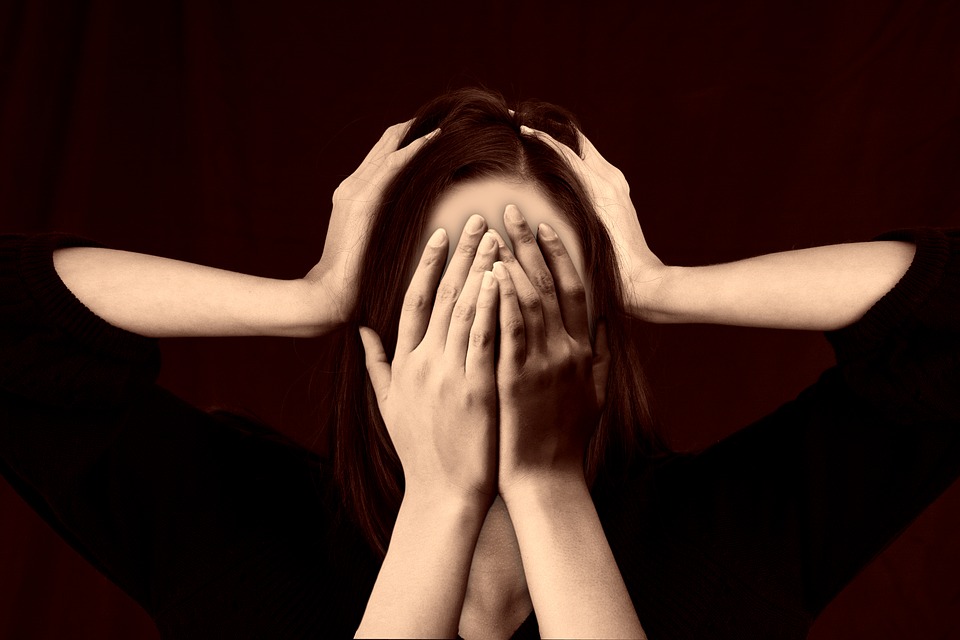

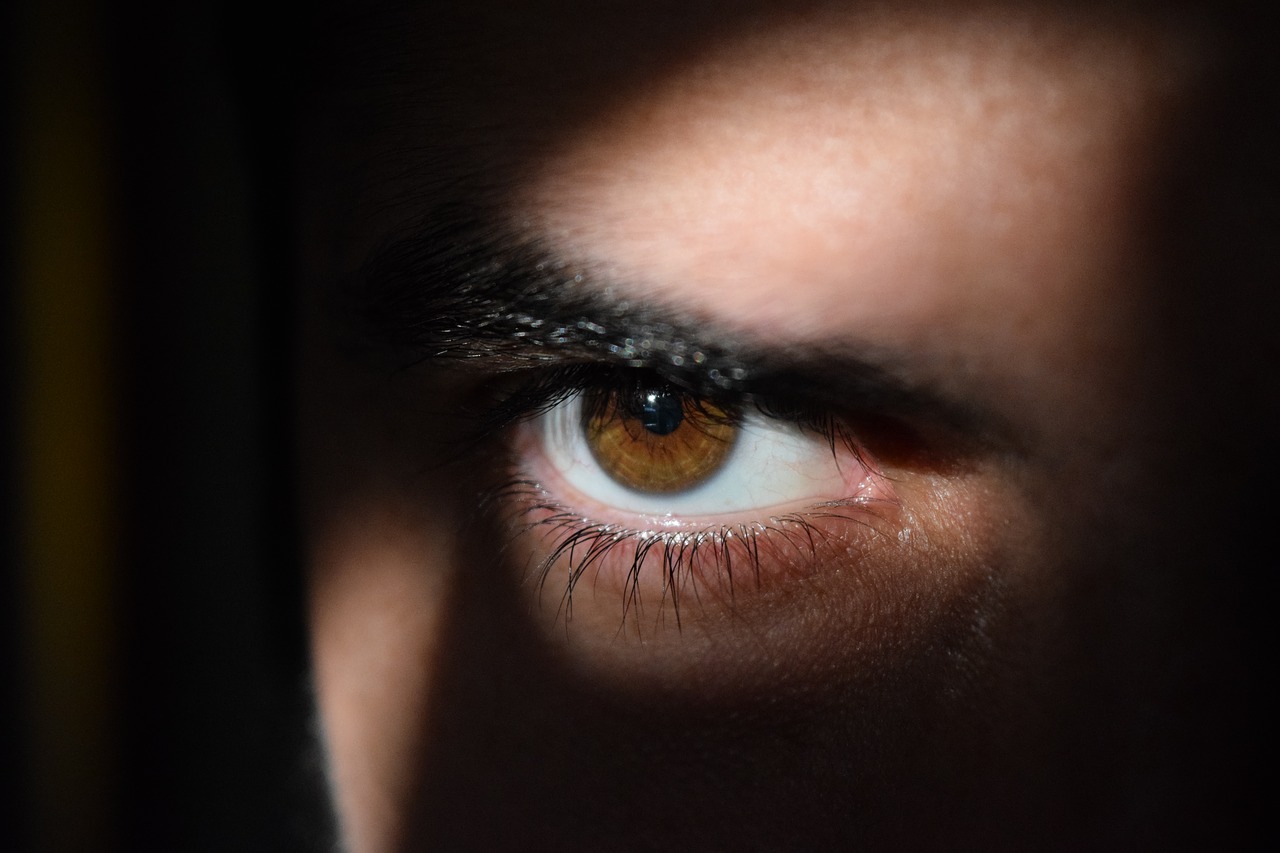
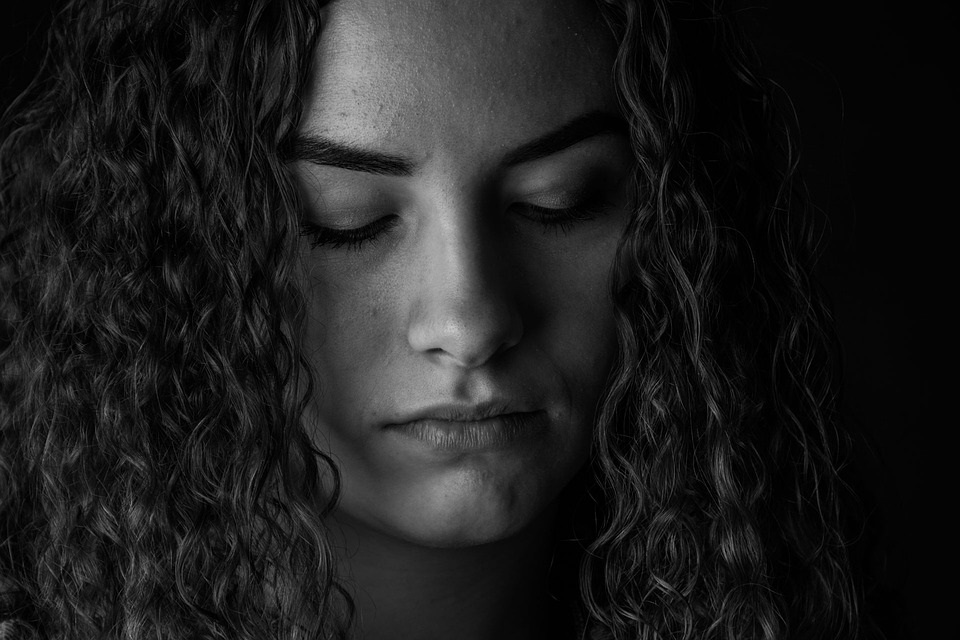
People with bipolar II disorder can benefit from preventive drugs that level out moods over the long term. These prevent the negative consequences of hypomania, and also help to prevent episodes of depression .